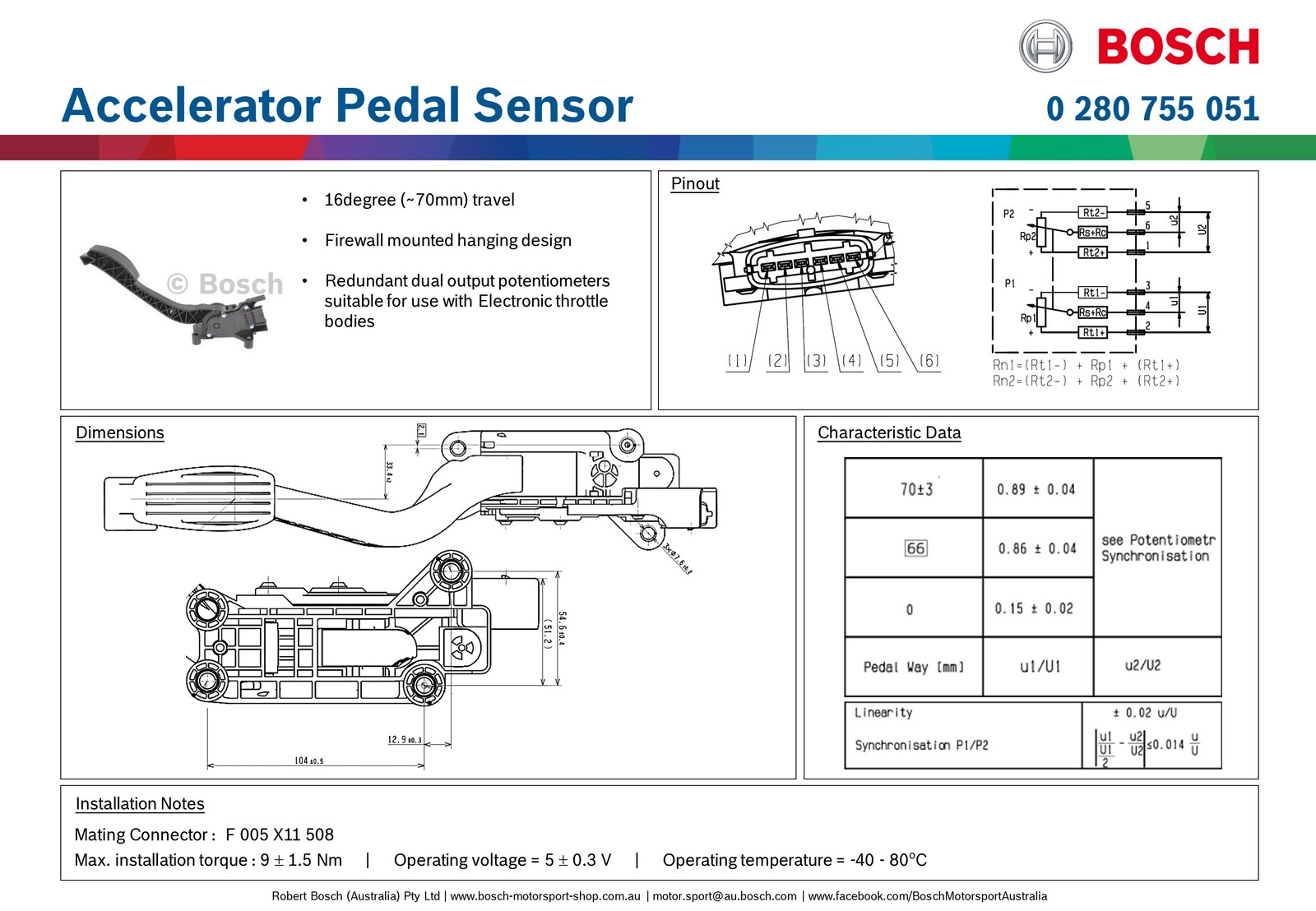

- #BRAKE PEDAL FOR BOSCH IBOOSTER UPDATE#
- #BRAKE PEDAL FOR BOSCH IBOOSTER DRIVER#
- #BRAKE PEDAL FOR BOSCH IBOOSTER SERIES#
Easing off the accelerator creates a deceleration force to a maximum of 0.2G - comparable to stepping on the brake pedal. The act of lifting the foot off the pedal engages the regenerative braking system and slows the vehicle, while in stop-and-go city driving, the e-Pedal reduces the need to shift from one pedal to the other and makes driving more comfortable.Īccording to Nissan, 90% of driving needs can be covered by the e-Pedal, without the need to engage the hydraulic brake system.
#BRAKE PEDAL FOR BOSCH IBOOSTER DRIVER#
In a similar advance, Nissan introduced e-Pedal technology in the latest Leaf model, which allows the driver to start, accelerate, decelerate and stop using only the accelerator pedal. The impact of the system and the reduction in brake usage and subsequent wear on brake pads and rotors, resulted in GM installing rust-resistant brake rotors. In Drive mode, the Regen on Demand paddle provides up to 65 kW of regenerative braking power, while in Low mode, it will provide up to 70 kW. In many instances, this can replace the need to use the brake pedal in all but emergency situations. When pulled, the Regen on Demand paddle on the steering wheel applies the maximum amount of regenerative braking force available. Modes 2-4 are stronger one-pedal modes that in certain situations will enable the driver to bring the vehicle to a stop without using the brake pedal. In the first instance, simply lifting the foot off the accelerator engages regen braking as the car decelerates but the brake pedal will still be required to bring the car to a stop. Operating in Low and using the Regen on Demand paddle in tandem.Operating in Low and easing off the accelerator.Operating in Drive and using the Regen on Demand paddle on the back of the steering wheel.Operating in Drive and easing off the accelerator.

#BRAKE PEDAL FOR BOSCH IBOOSTER SERIES#
According to GM, progressively stronger levels of regenerative braking are available through a series of four driver-selectable modes: The 2017 Chevrolet Bolt saw the introduction of one-pedal driving and a ‘Regen on Demand’ paddle attached to the steering wheel to further reduce demand on the conventional friction brakes. With this in mind, along with the requirements for safety standards, reduced emissions and cost-efficiency, a variety of innovative new technologies are coming to the fore which provide an insight into the future of braking.
#BRAKE PEDAL FOR BOSCH IBOOSTER UPDATE#
The trends in electrification and automation spurred the Society of Automotive Engineers to update their Main Brake System Requirements to be followed by OEMs and tier 1 suppliers. Such estimates demonstrate that, despite the technological challenges, regenerative braking will be a significant market in the coming years.ĭevelopment of Braking Systems for Electric and Autonomous Cars However, braking is traditionally one area of auto-manufacturing which has a slow development cycle, and there is a significant case for blending of regenerative brakes and conventional friction brakes as a step on the path to fully electronic, regenerative braking systems.Īccording to a BIS Automotive market intelligence report, “‘Global Automotive Regenerative Braking System Market- Analysis and Forecast (2017-2026)”, the market value of regenerative braking systems is set to reach $24.52 billion by 2026, with growth over the period 2017-2021 projected at an incredible rate of 36.47% CAGR. Electrification and emission strategies are driving technological innovation in the braking sector and regenerative brakes are seen as an integral part of the future as we move towards autonomous vehicles.


 0 kommentar(er)
0 kommentar(er)
